Choosing the Right Hammock Guide
A hammock is a sling made of fabric, rope, or netting, suspended between two or more points, used for swinging, sleeping, or resting. Hammocks are popular for relaxation and recreation, offering a nostalgic, swaying experience. They can be set up in backyards, between trees, at campsites, or even indoors with stands.
The right hammock can provide memories of relaxing summer days, gently rocking in the breeze with a good book. This guide will walk through everything needed to choose the ideal hammock for your next adventure.
#1 Types of Hammocks
There are two main ways to categorize hammock types: based on the material used to construct them, and based on their intended usage or situation where they will be set up.
Material-Based Types
Hammock materials have different properties that impact factors like durability, comfort, and price. Common materials include:
- Cotton Hammocks
- Pros: Very breathable, mold/mildew resistant fabric. Less expensive option
- Cons: Heavier, lower weight capacity, less durable over time
- Polyester Hammocks
- Pros: Lightweight, quick drying, retains color well
- Cons: Not as breathable or soft as cotton or nylon
- Nylon Hammocks
- Pros: Extremely durable, lightweight, breathable, dries quickly, high strength to weight ratio
- Cons: Can be slippery, higher cost than polyester or cotton
Surface of TAHAN Traverse XL Hammock is yarn-dyed fabric and 210T nylon spinning.
4. Spreader Bar Hammocks
- Spreader bars keep sides of hammock spread open
- Often made from polyester or PVC fabric
- Very stable, can feel more like a bed
5. Quilted Hammocks
- Insulated filling provides cushioning and warmth
- Often made of soft, quilted nylon or cotton
- Popular for backyard relaxation in colder months
6. Rope Hammocks
- Woven from manila, polyester, or nylon rope
- Allow a loose, sagging position for optimal relaxation
- Provide a traditional look and feel
7. Mayan Hammocks
- Colorful, handwoven hammocks from Central America
- Made from cotton or nylon string
- Very breathable and mold resistant
As can be seen, factors like the climate where it will be used, importance of durability vs cost, and types of activities planned can help determine the best hammock material type for your needs.
#2 Key Hammock Features to Consider
In addition to selecting the right fabric material, there are some other important criteria to take into account:
Weight Limit
One crucial consideration is to check the maximum weight capacity for any hammock model you are considering, which is typically listed by the manufacturer. You’ll generally want to choose a hammock that has a weight limit significantly higher than you plan to put in it, at least 50 lbs above your own weight. Exceeding weight limits can damage the hammock and cause dangerous falls. So the higher the weight limit, the more durable, sturdy, and safe the hammock should be.
Weight capacity of TAHAN Traverse XL Hammock is up to 250kg.
Size/Dimensions
Hammock size dimensions also affect capacity and comfort. Standard sizes are usually about 4-5 feet in width, and 8-10 feet in length. Confirm your hammock size will be suitable for your height when lying diagonally, which is the optimal ergonomic position. Hammocks that are not long enough will bend the knees and result in discomfort.
Size of TAHAN Traverse XL Hammock is 300 x 200cm.
Durability
Naturally, you want your investment in a hammock to last for multiple seasons, so the durability of the materials is key. Factors like exposure to weather elements, sunlight/UV rays, potential abrasion from trees, mold/mildew growth, piling, and color retention impact how durable your hammock will ultimately be. More rugged field testing and real-world use scenarios determine maximum lifespan.
Portability
If you plan to use your hammock for camping, backpacking, or other mobile activities, portability features are important to consider.
Packable hammocks designed for portability will list their packed weight and dimensions when stuffed into their attached storage bag or sack. As a rule of thumb for backpackers, the more lightweight and compressible the hammock, the better. After all, you want to minimize the burden of what you are carrying.
On the other hand, hammocks used primarily in fixed spots around your home don’t need to prioritize compact storage size. Hanging them semi-permanently on a sturdy stand or between two hooks offers relaxation with zero setup.
Special Features
Today there are hammocks with all kinds of extra bells and whistles that enhance comfort and convenience in certain situations:
- Bug Netting – Integrated no-see-um mesh nets provide protection from mosquitos and other annoying insects when sleeping overnight outside. Essential for camping without getting eaten alive.
- Storage Pockets – Small pockets on the sides are super handy for stashing phones, snacks, sunscreen and other items you want nearby.
- Padded Pillow Areas – Some hammocks will include extra padded panels by the head area for more comfortable neck support and snoozing.
- Spreader Bars – As mentioned before, spreader bars on each end keep the fabric open wide, eliminating the slightly enclosed feeling of traditional hammocks.
- Removable Canopies/Rain Flys – For shelter from sun or rain, having a removable overhead canopy can transform a basic hammock into a covered bed in seconds.
TAHAN Traverse XL Hammock can be folded to become a bag, make it easier to carry.
#3 Hammock Accessories
In addition to the hammock itself, there are some nice optional add-ons to enhance set up and function:
Straps
Tree straps with looped ends make it very easy to attach your preferred ropes or carabiners to trees without damaging the bark. They allow adjustability for getting the perfect hanging height and distance. The weight rating should match or exceed your hammock’s limit.
Carabiners
Sturdy carabiners act as the connector between ropes or straps and the loops on the hammock edges. This allows smooth swiveling and offers easy set up/takedown. Again, choose carabiners designed for hammock use with adequate weight rating.
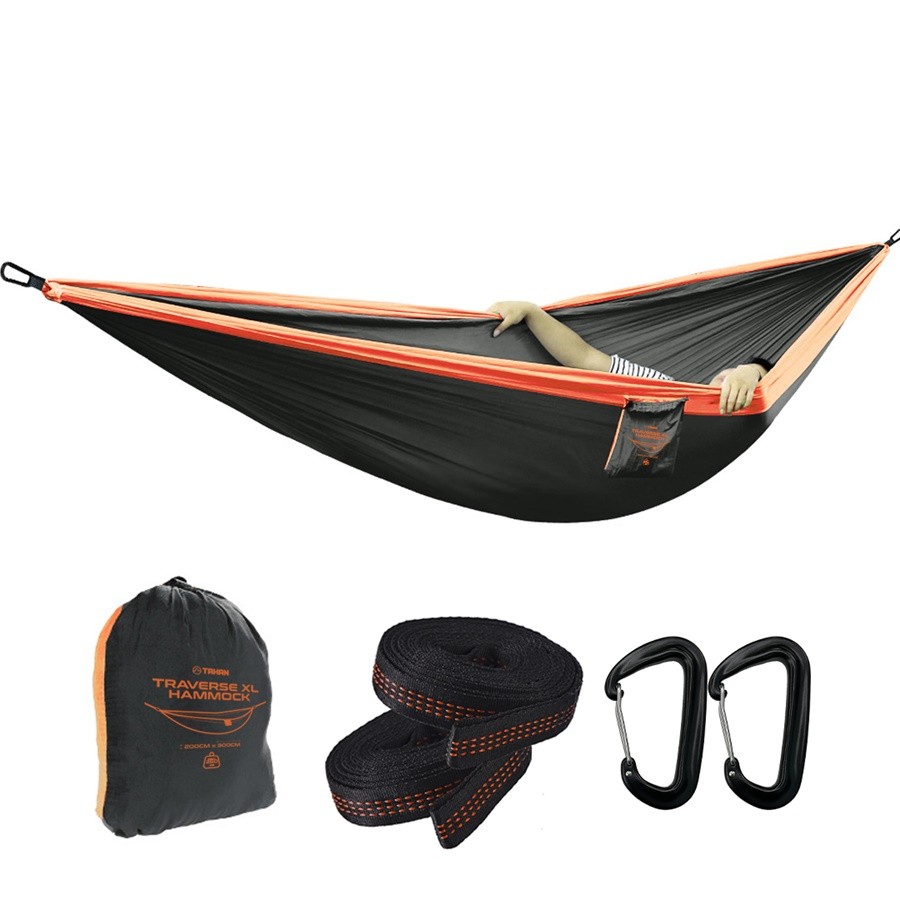
TAHAN Traverse XL Hammock accessories.
(1 x TAHAN Traverse XL Hammock, 2 x Strap, 2 x Hooks and 1 x Storage Bag)
#4 Where to Set Up Your Hammock
Just choosing a quality and high functioning hammock may not be enough to ensure the best possible experience. You also need to pick the right spot for where you’ll hang your hammock. Here are some factors to look for an ideal setting:
Shade – Having trees or structures to provide shade will block direct sunlight and allow napping even on hot afternoons. Positioning the hammock perpendicular to the sun’s rays is optimal.
Distance between anchor points – You’ll generally need tree trunks or heavy hooks about 12-15 feet apart for best stability and to help achieve an ideal 30° lie angle (more on that later). The exact distance doesn’t need to be perfect, as long as tensions straps can cinch up any slack.
Tree material and thickness – Sturdy, mature trees with trunks a little over a foot thick typically make better anchor points. Softer woods like some pines may lead to bark damage or sap dripping. Hardwoods like oaks and maples are best. Avoid any dead or damaged trees.
Ground surface – Clearing sharp sticks/rocks from below the hammock guarantees no painful surprises if you fall! Compress leaf litter or snow to make as flat and consistent a surface as possible. This also helps keep bug visitors away.
Safe hazards – Scan for obstacles both above and to the sides before settling in, including branches, signs, wires, bee or wasp nests, and other dangerous surprises. Enjoy your relaxation without worrying!
The right spot makes all the difference – keep these things in mind as you wander in search of that perfect hammocking oasis!
#5 Tips for Hammock Comfort
Once you’ve set up your hammock in an ideal spot, dialing in the comfort is essential. Here are some ergonomic considerations for ultimate relaxation:
Lie diagonally – Laying diagonally across the hammock helps achieve a flatter position for your back that feels more like a bed. This also avoids hammock sides wrapping around you.
Get the right angle – Shooting for a 30° lie angle is recommended, meaning your torso should form a 30° angle to the ground for optimal spine alignment. Adjust suspension straps to tweak this.
Consider lumbar support – Some hammocks have built in lumbar padding, but you can also use a small pillow or rolled up sweatshirt in the lower back area if needed. This minimizes back pain for longer sessions.
Manage moisture – With quilted, padded hammocks, flipping them over periodically helps avoid dampness and mildew on the fabric beneath you.
Experiment with adjustments – It often takes some fiddling to find your “sweet spot” based on factors like hip width, shoulder width, height, and weight distribution. Wiggle around until comfort is achieved!
Hopefully these hammock tips help you relax in style and maybe even catch some zzz’s.
Summary
Discover your perfect hammock with our comprehensive buying guide! We break down materials (cotton, nylon, polyester), usage types (camping, backpacking, lounging), and crucial factors like capacity, size, durability, and portability. Learn about essential accessories, ideal hanging spots, and suspension tips. This A-Z guide ensures you make an informed choice for your dream hammock experience—relaxation awaits!
FAQs about Hammock
Lie diagonally in the hammock to achieve a flatter position, aiming for a 30° lie angle for optimal spine alignment. Consider lumbar support for back comfort and periodically flip quilted hammocks to manage moisture. Experiment with adjustments to find your most comfortable position.
Look for a spot with shade to block direct sunlight. Ensure anchor points (trees or hooks) are about 12-15 feet apart for stability. Choose sturdy trees with thick trunks, avoid soft woods, and clear the ground below the hammock of any sharp objects.
Key accessories include tree straps for easy attachment, sturdy carabiners for secure connections, bug netting for protection against insects, and removable rain flys for weather shelter. These accessories enhance comfort and functionality.
Hammocks with integrated bug netting provide protection from mosquitoes and other insects. This feature is essential for camping or sleeping overnight outdoors. Make sure to zip up the netting completely for effective bug prevention.
Regular maintenance is essential for the longevity of your hammock. For cleaning, follow the manufacturer’s instructions, typically involving mild soap and water. Ensure your hammock is completely dry before storing to prevent mold and mildew.
Thank you for taking the time to explore our article! If you’re hungry for more camping tips and outdoor adventures, check out our next insightful piece on essential gear for a memorable experience here. Happy reading!


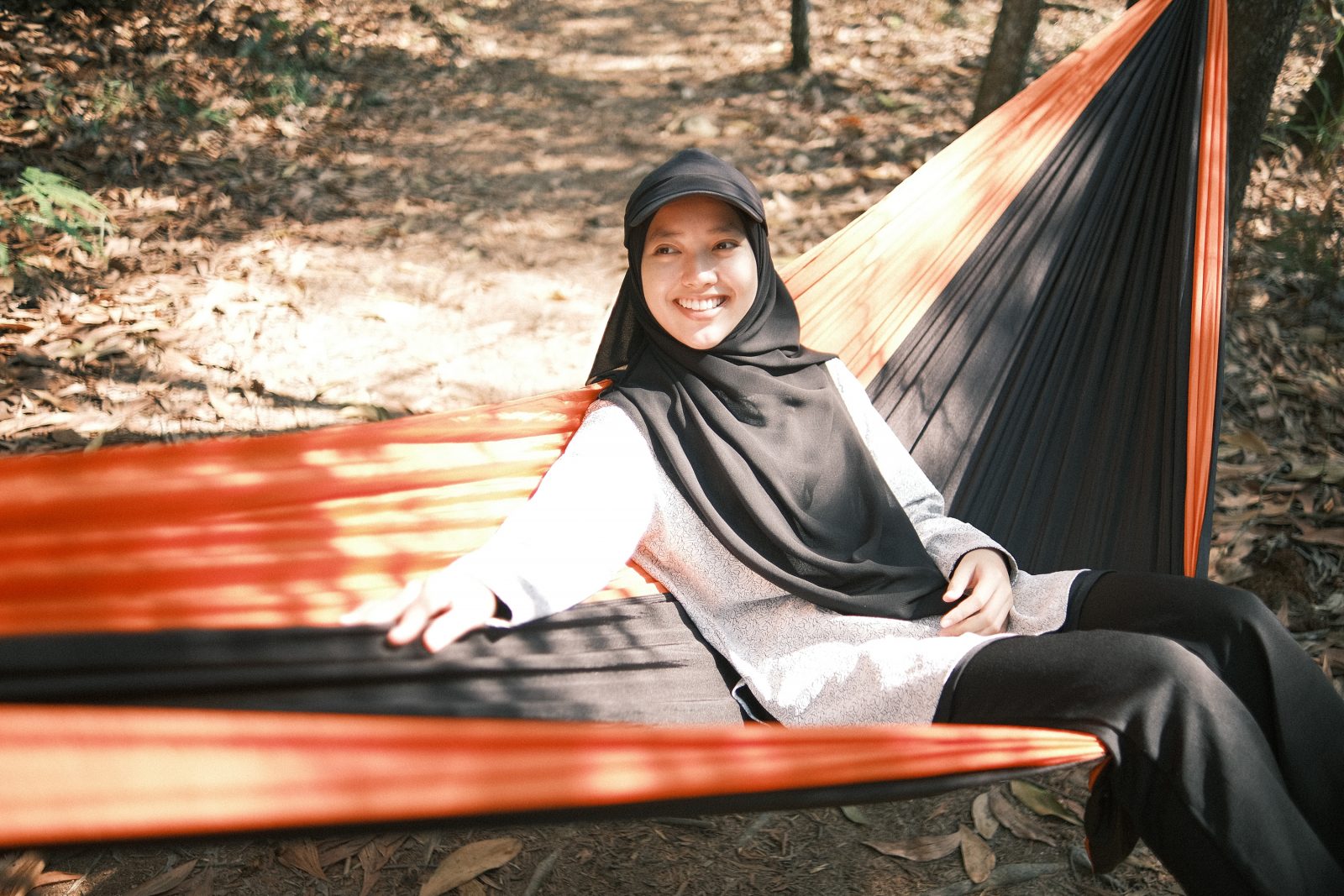
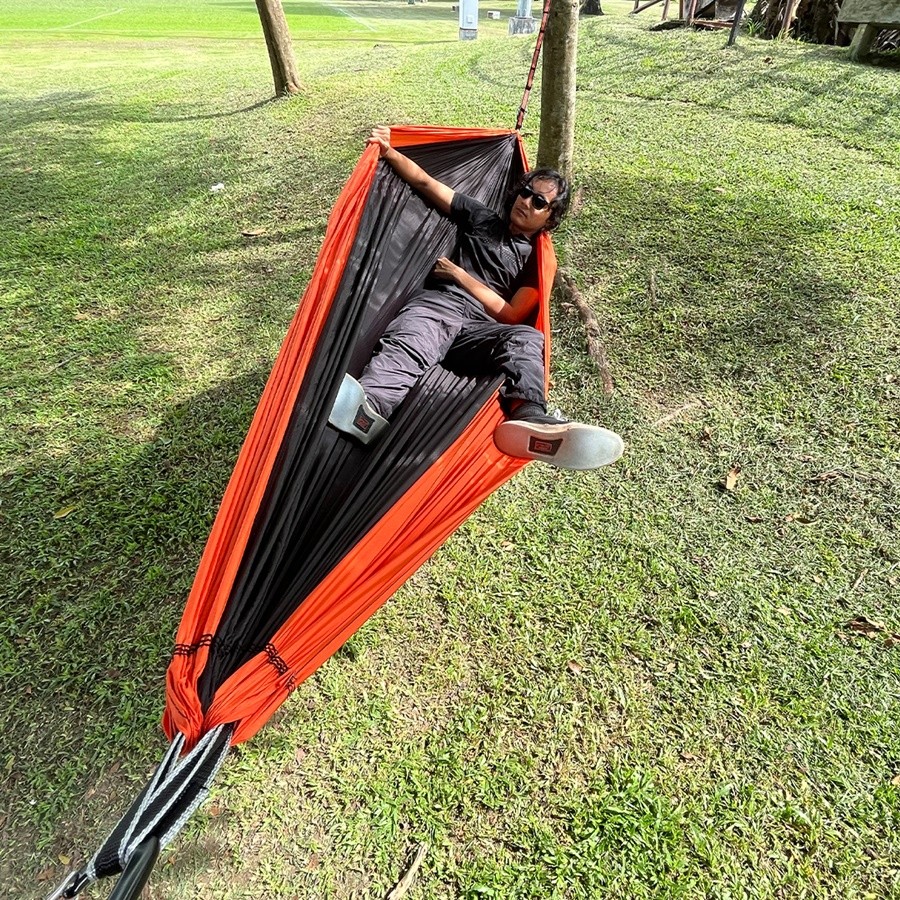
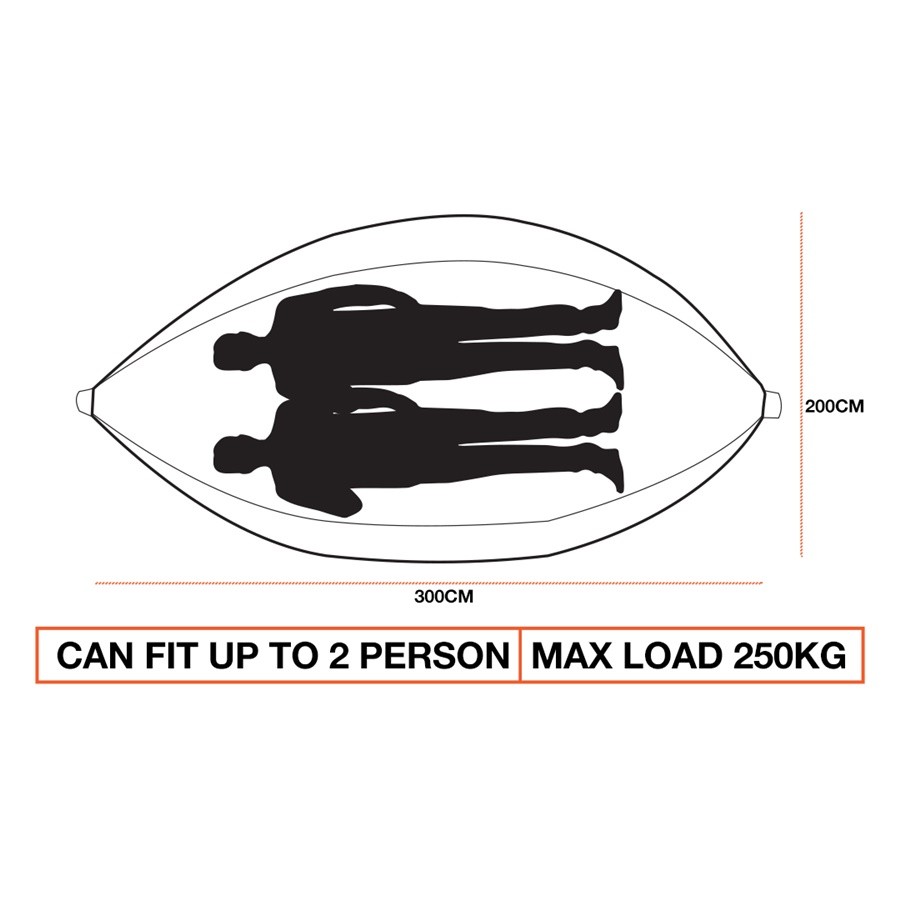
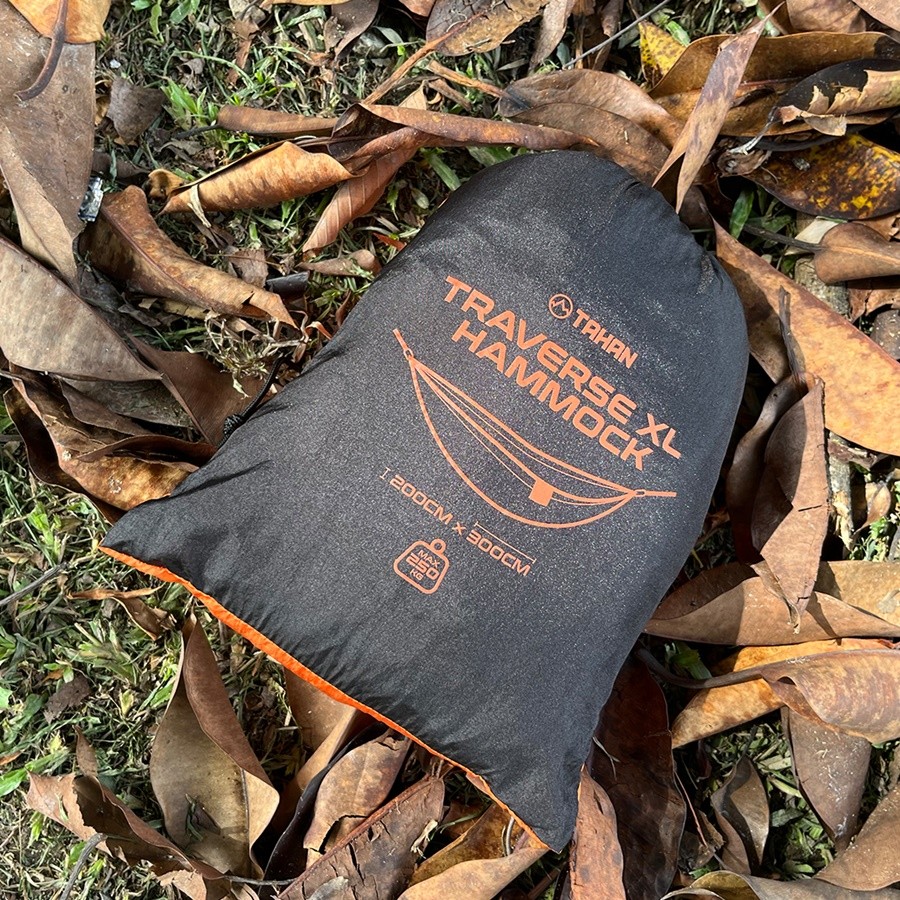
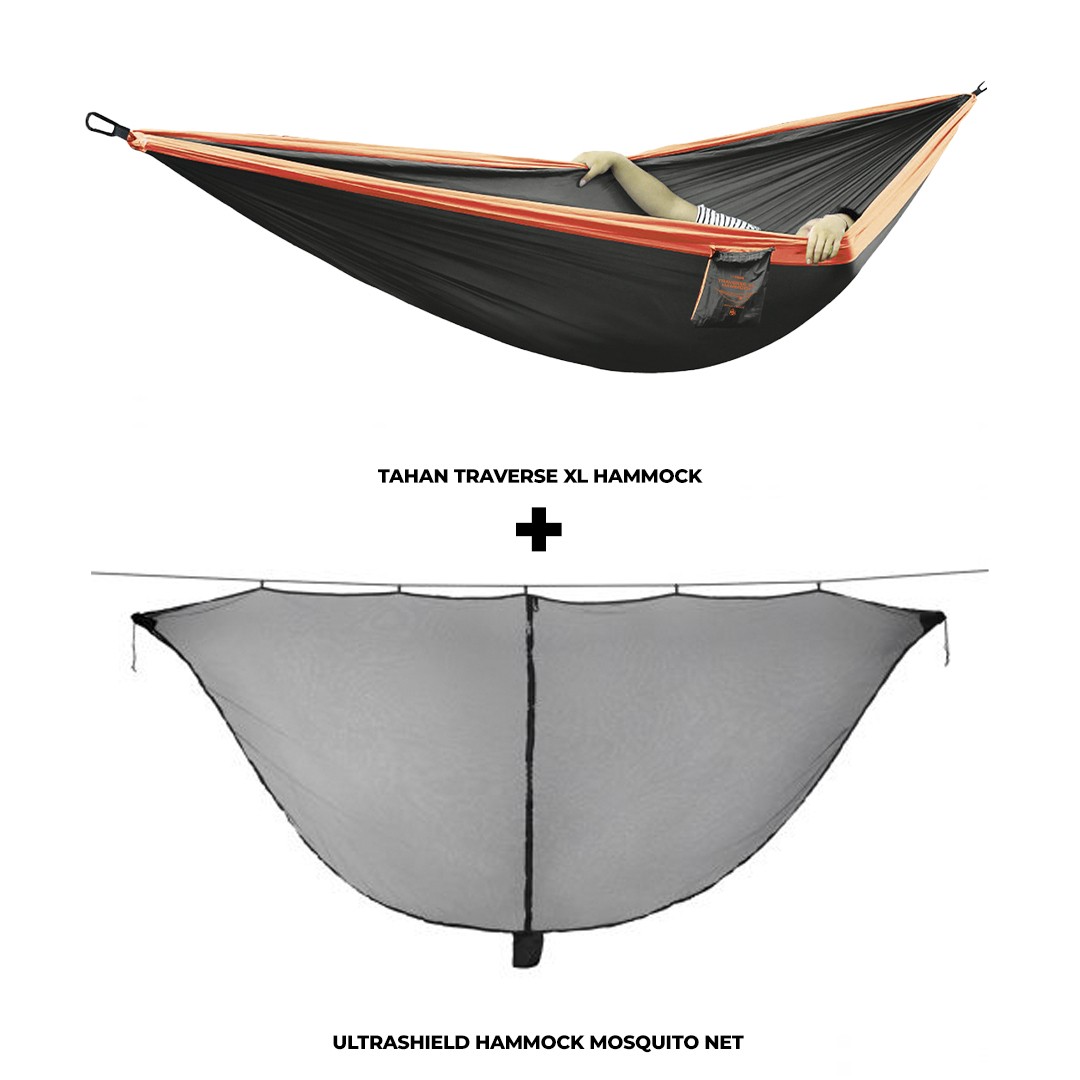
Shop Our Gears
Camp & Hike
TAHAN
COMBO
SLEEP SYSTEM
More tips that you might find useful:
12 Secrets to Getting Cheap Flights in Malaysia
马来西亚露营:户外探险综合指南
Camping in Malaysia: A Comprehensive Guide to Outdoor Adventures
Conquering Mount Kinabalu: A Hiker’s Guide to Malaysia’s Highest Peak
Camp Cooking Gear Guide – Build the Ultimate Camp Kitchen!
Top 5 Most Popular Campsites in Selangor
Ultimate Guide to Tropical Leisure Camping in Malaysia: TAHAN’s Top 5 Gear Picks
The Ultimate Guide to Hammock in Malaysia: Comfort, Adventure, and Relaxation